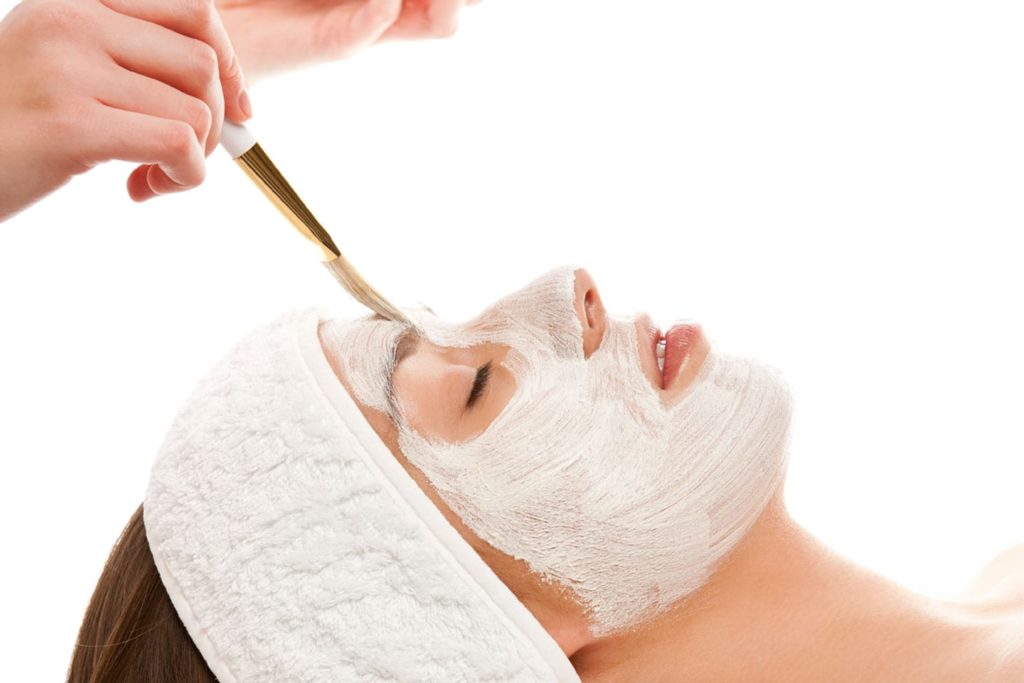Get Radiant with a Chemical Peel
So you may not have your own personal “skin specialist,” but there’s no reason why you can’t get a dewy glow like the celebs. Check out this skin secret of the stars.
Full PDF here.


What It Is:
A chemical peel improves the appearance of the skin’s surface by removing the top layers of dead skin cells. This allows new, zovirax fresher-looking skin to form in its place. Peels are often used in conjunction with other procedures for “total rejuvenation.”
Light
Light, or “superficial” peels can take only about five days to heal, but they’re mild enough that you can usually wear makeup to cover the redness. Superficial peels are great for improving uneven skin tone, mild acne scarring, and mild sun damage.
Chemical Agent Used: Usually alpha hydroxy acids (AHAs) like glycolic acid
Medium
Medium peels cause a second-degree burn of the skin and may require about
5-10 days off while you recover. They are used to treat mild to moderate wrinkles, long-term sun damage, pronounced blemishes, and acne scarring.
Chemical Agent Used: Usually trichloroacetic acid (TCA)
Deep
Deep peels also penetrate several layers of skin and cause a second-degree burn. They are used to treat coarse, deep wrinkles, scars, lesions, and precancerous growths. Deep peels are performed under general anesthesia and require a 2 to 3-week recovery period. Complete healing may take up to 2 months.
Chemical Agent Used: Usually phenol
What It's Good For:
A chemical peel can provide a temporary “glow,” soft skin, even out skin tone and texture, improve acne scars and sun damage, and minimize fine lines.
How It Works:
A dermatologist or aesthetician will brush an acid blend on your face like a mask. You’ll feel a tingling sensation when it’s first applied. The chemicals sit on the skin for about 10 minutes and then are neutralized with water or alcohol and wiped off. Cool compresses may be applied to relieve stinging. Usually, the procedure for a chemical peel takes about 45 minutes total (deep peels excluded).
Aftermath/Recovery:
Basically, you’ll feel like you’ve been sunburned. The treatment will leave you red-faced while your top layers of skin shed for a few days. Proper aftercare should include keeping skin clean and moist, which means you’ll need to use a lot of moisturizer with SPF.
Risk Factor:
If the treatment is done carelessly it can cause excessive burning, irritation, and/or discoloration.



Whether you choose to go to a spa or an MD-supervised office, make sure your provider tailors the intensity of the peel to your skin and desired outcome. Buy Glucophage online
A consultation, including a full skin analysis, is essential. Before administering any treatment, an expert should make sure to inquire about recent sun exposure, medications, allergies, etc.
Dos and Don'ts After a Peel
- DO keep your skin moist and supple! Apply cream or lotion up to six times a day.
- DO wear sunscreen and stay out of the sun. New skin is suspectible to discoloration and damage from sunlight.
- DON’T scratch or vigorously rub the treated skin.
- DON’T pick at scabs if you get a deeper peel. This can cause an infection.

